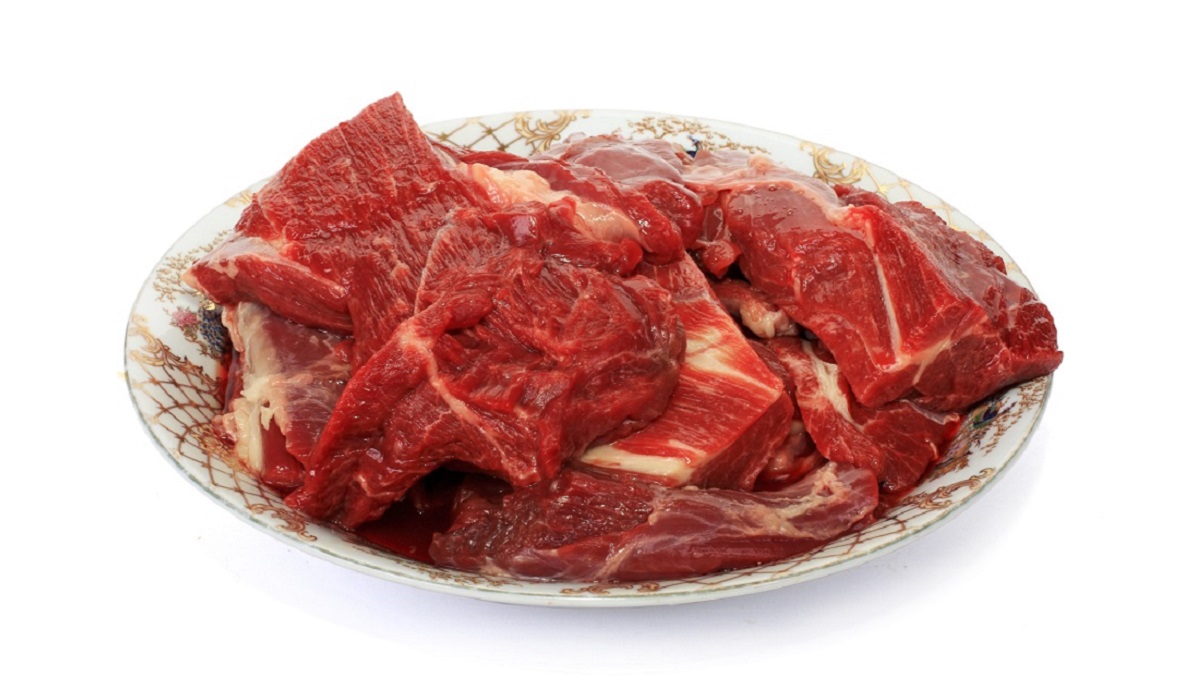
The European Commission’s health and safety unit has published findings from two assessments looking at controls on exports of horse meat in Uruguay and Argentina.
A DG Sante audit in Uruguay, in October and November 2022, made seven recommendations and found some actions taken since the last visit in 2018 had not solved past issues.
Exports of horse meat to the EU were 3,363 tons, 4,356 tons and 3,301 tons in 2020, 2021 and 2022. These volumes make Uruguay the second biggest exporter to Europe.
Traceability gaps
The audit found that the control system covers horse movements before slaughter but does not adequately oversee movements between holdings and use of veterinary medicinal products.
The traceability system for live horses also does not provide the necessary assurances, said DG Sante. Once horses had been slaughtered, their traceability back to the farm of origin could not be ensured. In one case shown to the audit team, for which a sanction was applied, authorities were unable to traceback more than 200 animals present at a dealer holding.
In one holding supplying horses for EU slaughter, authorities identified a number of horses of unknown origin as well as media reports of a police investigation on horse smuggling from Brazil. This raises concerns regarding the robustness of the identification and traceability system, said auditors. Since May 2015, Uruguay does not allow the import of live horses for slaughter from Brazil.
There are three EU listed meat processing sites. All establishments visited met EU structural and hygiene requirements and no animal welfare issues were identified at slaughterhouse level.
Argentinian findings
The audit in Argentina from October to November 2022 found improvements from past visits in 2018 and 2020. However, some corrective actions did not effectively address previous shortcomings in respect of horse identification and traceability, and the reliability of supporting documentation, said DG Sante.
Supplied information showed about 9,500 tons of equine meat was exported to the EU in 2020 and 2022 and almost 11,000 tons in 2021.
The National Service for Agri-Food Health and Quality (SENASA) has endorsed a project with the meat industry designed for the electronic and digital individual identification of rural horses with a microchip. However, auditors said it was as yet unclear when it would be fully operational and what areas would be covered.
The audit team saw evidence that some owners, including ones related to the two largest suppliers of equines in the country, made false sworn statements: Although they said that equines had been kept at the holdings for 180 days before slaughter, the information in a database established there was no or insufficient stock at the time the declarations were made.
In response, authorities disabled the ability for owners to issue the documentation directly through the database and requested local officials verify that enough stock was at the holding 180 days before the declaration date, prior to issuing transfer documents or sworn statements.
Auditors noted that physical inspection of equines to be sent to slaughter is not required. This should change thanks to a new rule, which requires SENASA staff to carry out random inspections.
At the time of the audit, there were four EU-listed horse slaughterhouses. All establishments, except for the cold storage and expedition area of one slaughterhouse, met EU structural and hygiene requirements and operational hygiene was sufficient at three sites.
Both audits found only a few animal welfare violations. Facilities are informed in advance of the dates that inspectors will visit and Animal Welfare Foundation said it believes that pre-warning of audits allows sites to conceal poor conditions which compromise animal welfare.
The group said as compliance with EU regulations cannot be guaranteed, horse meat imports from Uruguay and Argentina should be suspended.
(To sign up for a free subscription to Food Safety News, click here.)
